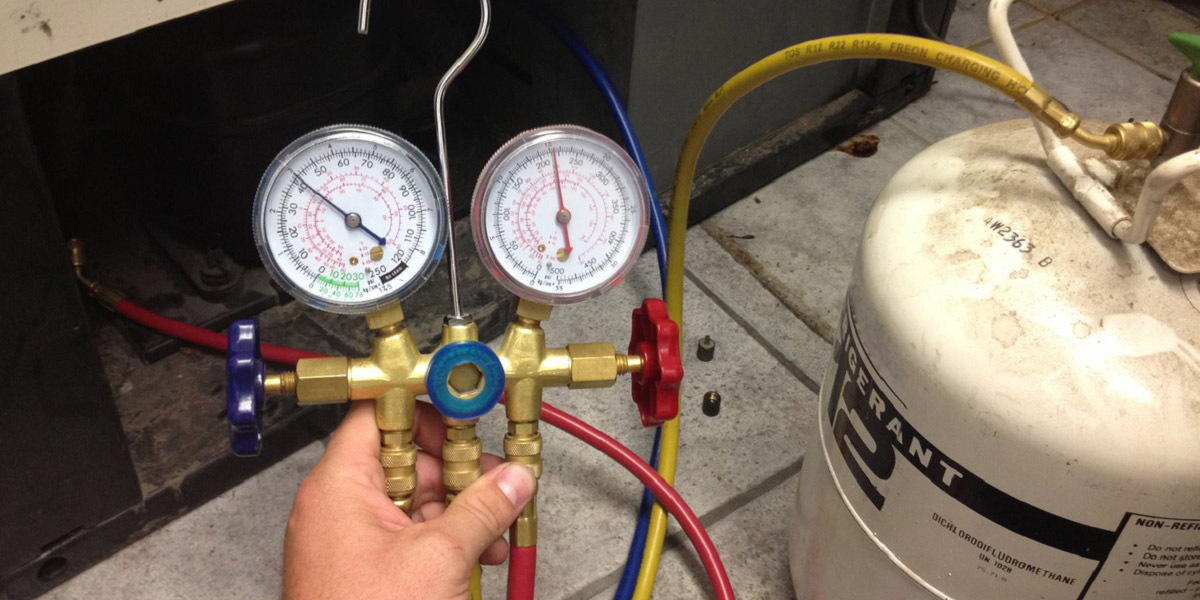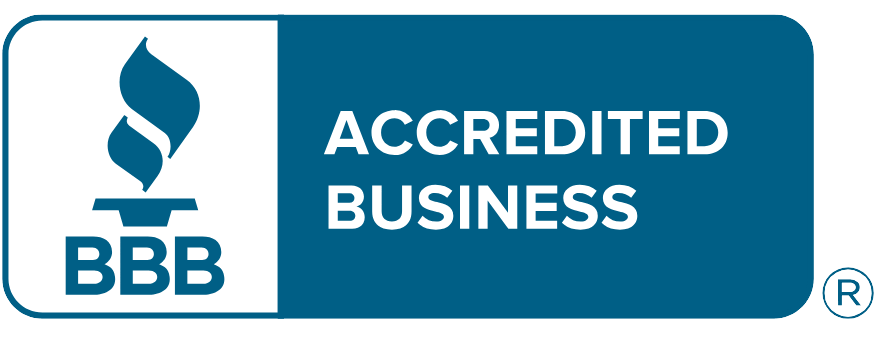 As a reminder to all our customers, in approximately 90 days, R22 freon (once an industry standard) will be prohibited from use in the United States. As part of a continuing, multinational effort to protect the earth’s ozone layer, the Environmental Protection Agency (EPA) has been steadily phasing out hydrochlorofluorocarbons (HCFCs) over the last decade. As of January 1st, 2020, a complete ban on the production and importation of HCFC-22 and HCFC-142b will go into effect. Once the new year begins, servicing of HVAC systems with R-22 will rely strictly on recycled or stockpiled quantities of R22. This ban will mainly affect older air conditioners. In fact, AC units using R22 have not been manufactured in the U.S. since 2010. It is quite possible the ban on R22 will not affect your system at all. However, if you have an older AC unit, you may want to schedule a fall service so we can check your refrigerant.
As a reminder to all our customers, in approximately 90 days, R22 freon (once an industry standard) will be prohibited from use in the United States. As part of a continuing, multinational effort to protect the earth’s ozone layer, the Environmental Protection Agency (EPA) has been steadily phasing out hydrochlorofluorocarbons (HCFCs) over the last decade. As of January 1st, 2020, a complete ban on the production and importation of HCFC-22 and HCFC-142b will go into effect. Once the new year begins, servicing of HVAC systems with R-22 will rely strictly on recycled or stockpiled quantities of R22. This ban will mainly affect older air conditioners. In fact, AC units using R22 have not been manufactured in the U.S. since 2010. It is quite possible the ban on R22 will not affect your system at all. However, if you have an older AC unit, you may want to schedule a fall service so we can check your refrigerant.
What Are HCFCs and How Do They Affect Our Ozone?
The EPA’s website has the following to say about HCFCs; “The stratospheric ozone layer shields the Earth from the sun’s harmful ultraviolet radiation. Emissions of certain synthetic chemicals—including CFCs, halons, and HCFCs—destroy the ozone layer, and have created an “ozone hole” over the South Pole.” Essentially, by using HCFCs, we are destroying the very stratosphere which protects us.
Options to Remedy the R22 Ban
Here are a few options for dealing with the R22 ban which will go into effect in three months:
Replace Your Air Conditioner
Replacing your older, R22 freon based AC unit with a new, energy efficient air conditioner could be a sensible option. If your air conditioner uses R22 that means, it’s more than ten years old. Given Arizona’s extreme summers, your air conditioner probably has a lot of miles on it, so to speak. A new air conditioner will save you money on energy expenditures and give you peace of mind going forward. The best approach is to have one of our friendly service techs inspect your current system to evaluate the overall condition of your air conditioner and to provide you with information so you can make an informed decision.
Retrofit Your R22 Equipment
Retrofitting and upgrading to the most common alternative to R-22 (which is R-410A) might be an option if the rest of your system is in excellent condition. As air conditioners get older, they tend to break down and require more and more service. Retrofitting might make sense if your AC unit has not gotten heavy use over the last seven to ten years. A review of your recent service calls will tell the story of which components have been replaced and how many more years your AC unit has left.
Cross Your Fingers and Hope for the Best
If your AC has been running smoothly on R22 without any leaks or issues, you just might be able to squeeze another year of service out of your air conditioner. It’s important to note, the ban is on the production and importation of R22. It’s perfectly legal to continue to run your air conditioner with R22, as long it’s not leaking. However, supplies of R22 will dwindle as we go forward. It’s best to have a plan (just in case something goes wrong), and remember it’s much easier to replace a system in the off season – so don’t wait until next summer to make your move.
The Move to Non-Ozone-Depleting HFC Refrigerants Is Good for Our Environment
We support the ban on R22 and believe the switch to non-ozone depleting HFC refrigerants is the right move for protecting the earth’s ozone. After all, we want to leave a better, healthier environment for our children and grandchildren. If you have questions regarding the refrigerant in your air conditioner, please give us a call and we’ll be happy to explain it all.






